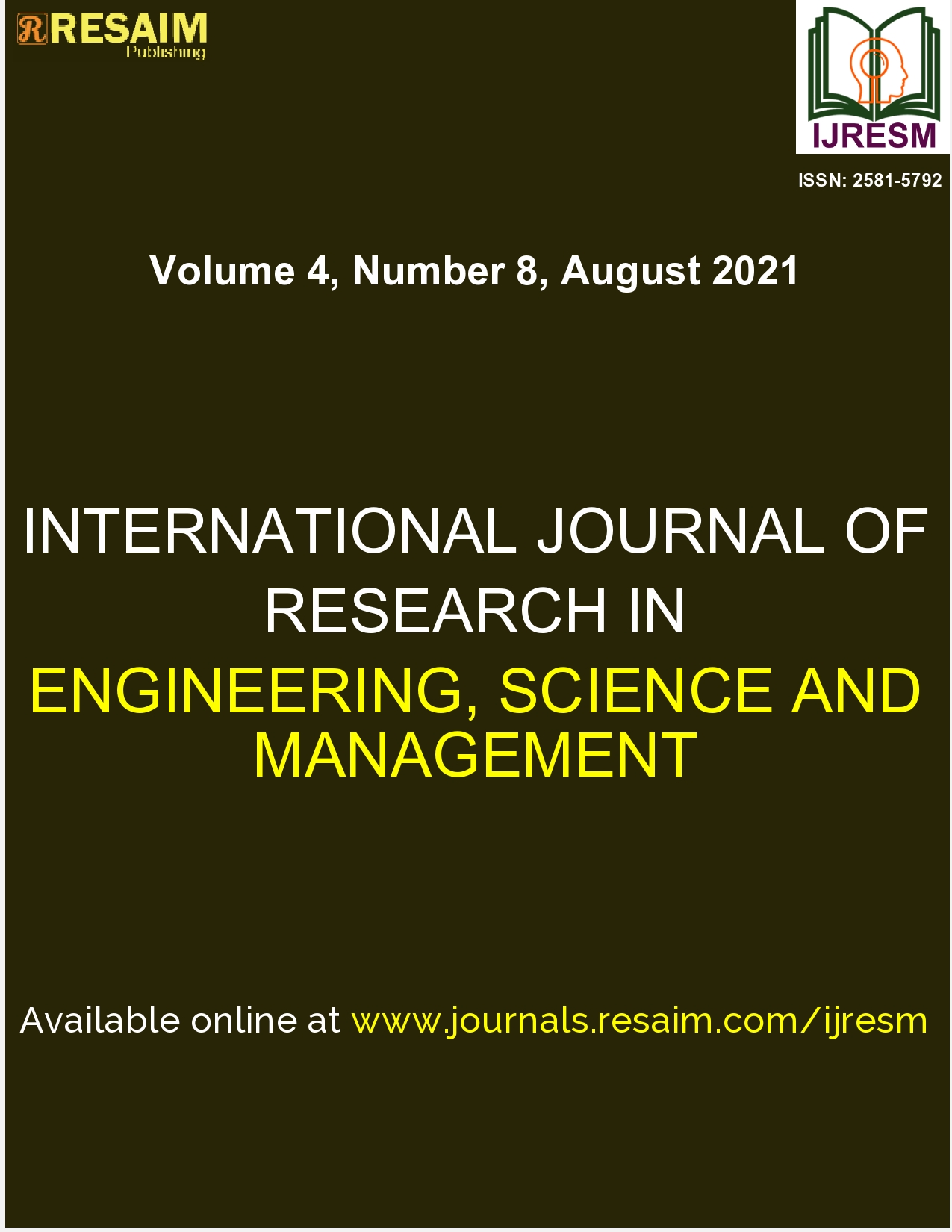Health Expenditure and Health Care Burden of the Rural and Urban households in Kerala – A Perspective Analysis
Keywords:
Health expenditure, Health care burdenAbstract
Kerala has emerged as the best state in India in terms of healthcare performance. Kerala’s health status is almost on a par with that of developed economies. The state has succeeded in increasing life expectancy as well as reducing infant and maternal mortalities. Kerala’s publicly funded healthcare system has helped in providing treatment facilities to people. The high literacy rate, especially among the females, also played a major role in improving the health scenario. The Kerala Model of Health is often described as “good health based on social justice and equity”. Despite, better health outcomes on certain indicators, the much-proclaimed Kerala model of health has been showing a number of disturbing trends. Although mortality is low, the morbidity (those suffering from chronic/non-communicable diseases) levels in urban and rural Kerala is high in Kerala compared to other Indian States. Thus the paradox is that on the one side Kerala stands as the State with all indicators of better health care development in terms of IMR, MMR, birth rate, death rate etc. On the other it outstrips all other Indian States in terms of morbidity especially the chronic illness. Considering the pre-cited problems prevailing in the health sector, it is high time to conduct an extensive study on the health expenditure and the resultant health care burden of the rural and urban households in Kerala.
Downloads
Downloads
Published
Issue
Section
License
Copyright (c) 2021 A. M. Eldhose

This work is licensed under a Creative Commons Attribution 4.0 International License.


